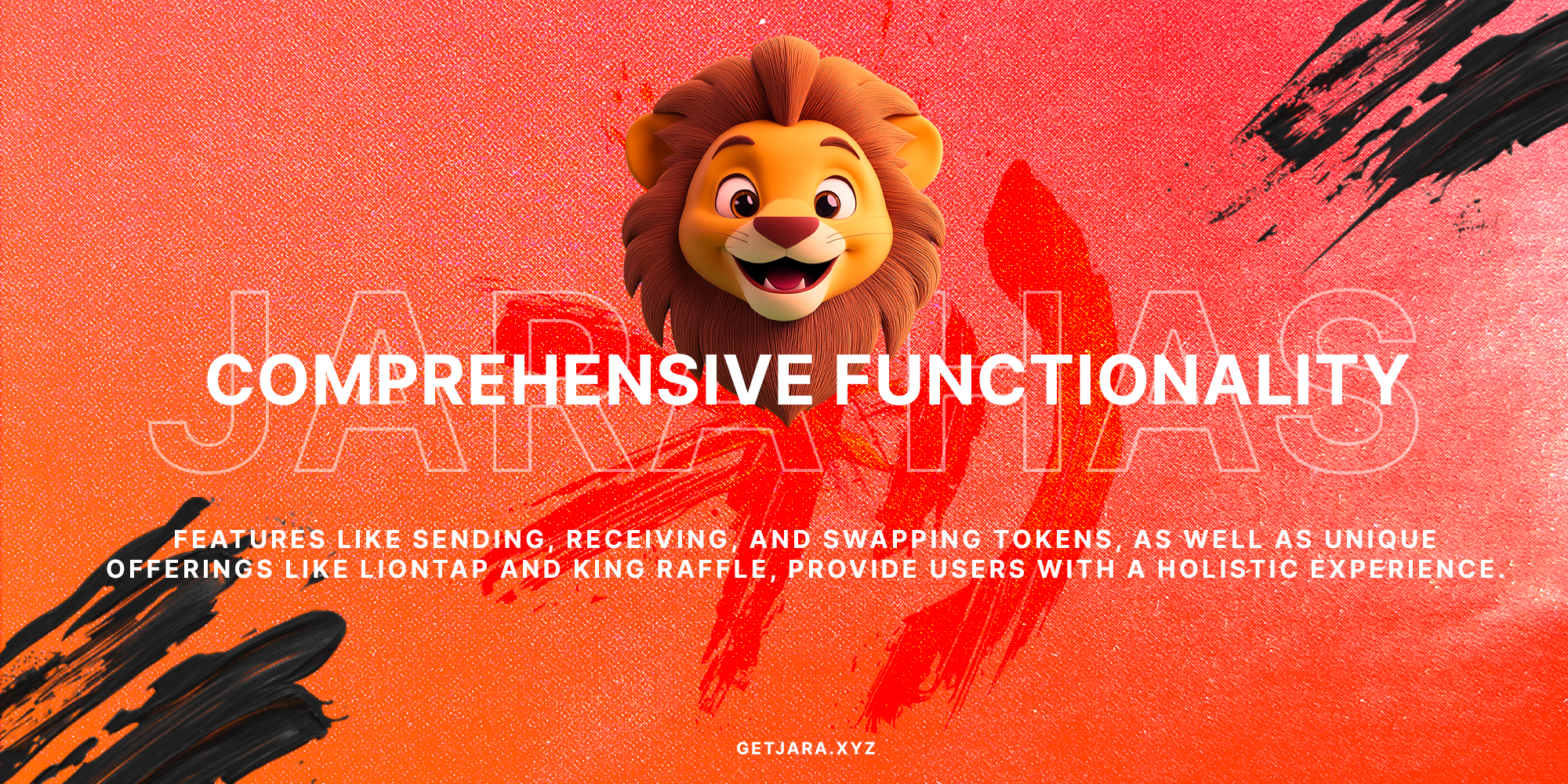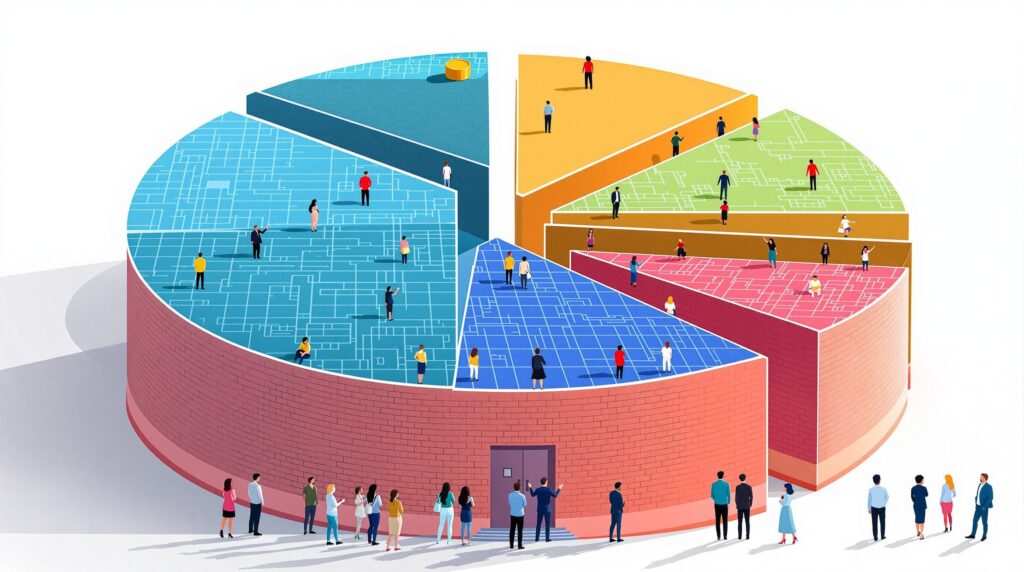Understanding Gas Fees
Gas fees, simply put, are the transaction costs required to carry out operations on blockchain networks like Ethereum. In the world of blockchain technology, which is rife with innovations such as artificial intelligence in finance, these fees hold a crucial position. They’re comparable to the fuel you need to drive a car; no fuel means no movement, and the price of fuel can vary depending on demand and supply. But why do we have to pay these fees, and how do they work?
What are gas fees? Gas fees are the incentives paid to blockchain validators for processing and securing transactions. They ensure that the network remains stable and secure.
In essence, gas fees function as a financial incentive for validators, or miners, motivating them to authenticate and secure transactions. This mechanism not only ensures the safety of digital transactions but also discourages the overloading of the network with unnecessary operations. Paying adequate gas fees guarantees that your transaction gets prioritized; otherwise, it may languish in the blockchain ether, much like a letter without a stamp.
The calculation of gas fees is a bit more complex than your average transaction cost. It involves several factors such as the blockchain in question, the complexity of the transaction, and current network demand. For instance, Ethereum—a smart contract platform that powers decentralized apps—typically incurs higher gas fees during peak usage. This is akin to the surge pricing you might experience with ride-share apps during a busy Friday night. Understanding these fluctuations is key to managing and potentially reducing your gas expenses.
Factors Influencing Gas Fees
Just as any market-driven cost, gas fees are influenced by several variables. Let’s break down the primary components:
- Network Demand: When many users are attempting to process transactions simultaneously, the cost of gas increases. Think of it as trying to hail a taxi during rush hour.
- Transaction Complexity: Similar to how a complicated recipe requires more ingredients, more complex transactions require more computational power, thus leading to higher fees.
- Blockchain Type: Different blockchains have different gas structures. For example, while Ethereum is known for its higher fees, blockchains like Polkadot and Binance Smart Chain offer less costly alternatives.
Managing these factors effectively can lead to significant savings, especially if you’re regularly engaging in blockchain transactions. It’s a bit like understanding the stock market’s ebbs and flows to make savvy investment decisions.
Fluctuations in Gas Fees
Ever wondered why gas fees seem to dance up and down? Here’s a brief look at what causes these fluctuations:
Gas fees fluctuate based on network demand, transaction complexity, and the specific blockchain in use. Understanding these elements can aid in cost-effective transaction management.
Primarily, network demand plays a role much like supply and demand in traditional economics. During periods of high demand, such as when a popular NFT drops or a new DeFi platform launches, you can expect fees to spike. Imagine a concert selling out in seconds—it’s a race, and only those willing to pay a premium get in.
Moreover, the complexity of operations also contributes to fee variations. Simple peer-to-peer transfers may carry lower fees compared to those involving complex smart contracts which, like a Swiss watch, require precision and intricacy. Finally, the type of blockchain matters—a point often emphasized in discussions around ethical AI investment strategies.
The Role of Gas Fees in Blockchain Networks
Now, let’s delve into why gas fees are pivotal in maintaining blockchain ecosystems. They perform several essential roles:
- Security: By rewarding validators, gas fees incentivize them to maintain the blockchain’s integrity, safeguarding it from malicious attacks.
- Efficiency: They prevent spam transactions, ensuring the network doesn’t get overwhelmed by unnecessary operations.
- Incentivization: Miners and validators are encouraged financially, ensuring continuous verification and network stability.
Consider gas fees as toll fees on a highway. They ensure a smooth and order-filled traffic flow, while also maintaining the highway’s upkeep. Without them, the digital infrastructure could quickly become congested, vulnerable, and ineffective.
For anyone involved in utilizing blockchain technology for financial operations, understanding gas fees is not just recommended—it’s essential. By grasping the dynamics at play, you can better strategize your usage of networks in line with broader digital trends, such as those seen in the rise of AI-driven market manipulation prevention techniques.
“Jara: Fuel Africa’s $200B+ Digital Asset Economy”—embrace $JARA and join the journey of transforming how you interact with blockchain assets.
Optimizing Transactions with Layer 2 Solutions
Layer 2 solutions play a crucial role in enhancing the efficiency of blockchain transactions, especially for those engaged in the burgeoning Web3 economy across Africa. But what exactly are Layer 2 solutions, and why are they pivotal? These solutions are designed to work atop the primary Ethereum blockchain (Layer 1) and address its scalability limitations.
What are Layer 2 solutions? Layer 2 solutions are technologies that operate above the primary blockchain to enhance scalability and reduce transaction costs by processing transactions off the main chain.
By processing transactions outside of the main Ethereum chain and bundling multiple transactions into one, Layer 2 solutions significantly lower gas fees. Imagine you’re at a busy restaurant—rather than having each table independently place its orders directly to the overwhelmed kitchen, a waiter gathers all orders and sends them in a single, organized request. This is akin to how Layer 2 solutions streamline Ethereum transactions, making them more efficient and less costly.
The Power of Optimistic and Zero-Knowledge Rollups
Two prominent technologies used in Layer 2 solutions are Optimistic Rollups and Zero-Knowledge (ZK) Rollups. Both aim to alleviate congestion and lower costs, but they approach the task differently:
- Optimistic Rollups: They assume transactions are valid until proven otherwise, allowing numerous off-chain computations while only resolving disputes that arise. This method expedites processes and minimizes fees.
- Zero-Knowledge Rollups: These rollups compress transactions and generate cryptographic proofs to validate them on-chain, ensuring security without bogging down the network.
Implementing such technologies within the Jara ecosystem makes for an enticing proposition. Africa’s digital asset market, expected to exceed $200 billion, greatly benefits from these cost-effective solutions. For example, the Lagos airport tokenization project, a cornerstone of Jara’s infrastructure, becomes more economically viable with reduced gas fees.
“Invest in $JARA today and join the forefront of Africa’s digital revolution, where cost-effective and efficient transactions are the new norm.”
Implementation within the Jara Ecosystem
Jara integrates these rollup solutions through its proprietary Layer 2 blockchain, offering users an array of benefits like fast transactions, low-cost operations, and enhanced security. This integration is a part of Jara’s broader strategy to bridge global capital with high-potential African assets, enabling a seamless investment experience.
Beyond just lowering costs, Layer 2 solutions also contribute to the network’s security and sustainability, essential factors for financial inclusion and economic empowerment in Africa. By leveraging these advancements, Jara not only fuels the digital asset economy but also ensures that local and global investors have access to a robust and efficient financial environment.
Incorporating such technologies diminishes reliance on the congested Layer 1 Ethereum chain, positioning the continent as a leader in the global digital marketplace. Are you ready to be part of this dynamic change? Embrace the complexity made simple with Jara’s integration of Layer 2 solutions.
Optimizing Web3 transactions with Layer 2 solutions can lead to substantial savings, amplifying investment opportunities within Africa’s emerging digital economy.
Whether you’re a local entrepreneur or an international investor, understanding and utilizing Layer 2 solutions is crucial in minimizing costs and maximizing your engagement with the digital financial future that Jara is pioneering.
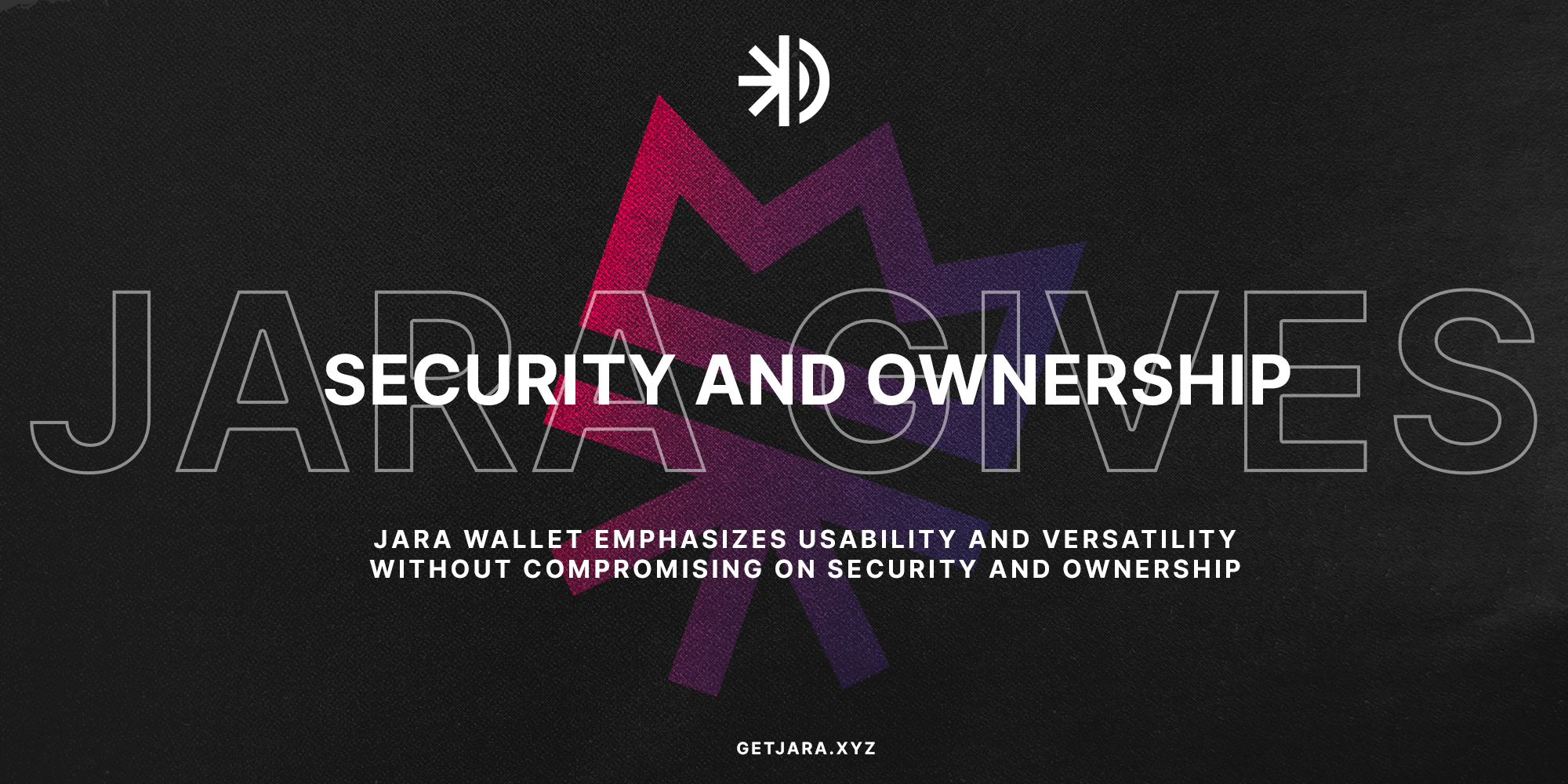
Efficient Transaction Timing and Batching
The Benefits of Batching Transactions
Have you ever found yourself frustrated by high gas fees when executing multiple transactions? This is where batching transactions comes into play as a powerful strategy to reduce those costs. Batching involves grouping several transactions into a single one, thereby optimizing gas usage. It is an extremely useful method, particularly for high-frequency users who perform numerous blockchain operations regularly. But how does it really work?
When you batch transactions, you’re essentially combining them so that you only pay a single gas fee rather than paying for each transaction separately. This not only reduces the financial burden but also minimizes network congestion. High-frequency users, such as traders or businesses, often benefit immensely from this as it reduces their transaction fees and speeds up their process. This is where platforms like Optimist Wall that offer transaction batching services really shine.
What are gas fees? Gas fees refer to the payments made to validators for processing and verifying transactions on a blockchain. These fees can vary significantly based on network congestion.
An additional tactic within batching is the strategic timing of transactions. Initiating transactions during periods of low network congestion significantly reduces gas expenses. You can think of it as avoiding rush hour traffic; by traveling when the roads are less busy, you’ll save on time and energy. Similarly, executing transactions when blockchain activity is low can save you substantial sums in gas fees.
Wondering when the best time is to make these transactions? Many users find it beneficial to use gas fee estimation tools, like Gas Now or Etherscan’s Gas Tracker, which provide real-time insights into network congestion and project optimal transaction windows. These tools help you pinpoint the most cost-efficient times for executing your transactions, making your processes both more economical and efficient.
Implementing Efficient Batching
For businesses and individuals heavily invested in blockchain operations, batching is not merely a cost-saving measure but a way to streamline processes. By using platforms that facilitate automated batching, such as fantastic solutions offered by Jara, users integrate multiple transactions seamlessly into one. This means less manual oversight is necessary, allowing you to focus more on strategic decisions rather than operational details.
Moreover, this reduction strategy doesn’t only serve as a financial benefit; it enhances the overall usability and accessibility of blockchain technology by reducing the load on the network. As a result, it promotes a healthier ecosystem where transactions are faster and more reliable. This is where solutions like the Jara app, which seamlessly integrates notification and decision support systems, employ AI influencers for guiding users through batch processing efficiently.
“Invest in $JARA: Fuel Africa’s $200B+ Digital Asset Economy and Participate in a Revolutionary Ecosystem,” highlighting how $JARA enhances transactional efficiency through innovative batching techniques.
Looking forward, the African market’s digital transformation amplifies the need for efficient transaction processes. By utilizing $JARA’s comprehensive suite, combining Layer 2 blockchain benefits with strategic batching, not only are transactions more economical, but users are also positioned at the forefront of Africa’s burgeoning digital asset revolution. This strategic advantage underpins the economic empowerment envisioned by the $JARA ecosystem.
Using Batching Tools for Maximum Impact
Considering how drastically batching can slash transaction expenses, leveraging the right tools becomes essential. Platforms providing these services, such as Ambire Wallet and similar blockchain wallets, often exhibit versatility in simultaneously handling different parallel operations. This permits not only savings on transaction fees but also ensures quick and secure processing.
Implementing these strategies with the proactive use of estimation tools maximizes your savings. Having the flexibility to toggle between blockchain activities based on real-time data grants users a tremendous advantage in cost management. As these tools continue to evolve, they further integrate predictive analytics, enabling users to forecast the best times for low-cost transactions years into the future.
Eager to capitalize on smart contract dynamism? Transitioning to platforms that champion these resourceful tools equips users with the agility to maneuver economic fluctuations. By streamlining transactional practices through batching, you’re not only fostering operational efficiency but also supporting the long-term growth and acceptance of the blockchain ecosystem in Africa and beyond.
Leveraging Gas Fee Estimation Tools
In navigating the digital asset landscape, particularly within Africa’s burgeoning market, understanding and managing gas fees is crucial for maintaining cost efficiency. One effective strategy is the use of gas fee estimation tools. These tools provide real-time data on current gas prices, allowing for strategic planning of transactions and cost-saving decisions.
What are gas fee estimation tools? These are platforms that provide insights into the current gas prices and network activity, helping users determine the best times to execute transactions and reduce overall costs.
Platforms like ETH Gas Station serve as a beacon for crypto enthusiasts, offering data that helps in timing transactions during periods of lower fees. This method is akin to checking traffic conditions before a long drive to ensure a smooth journey. Such foresight is especially beneficial when handling smart contracts, as you can predict high-traffic periods and avoid unnecessary expenses.
How Estimation Tools Work
Gas fee estimation tools operate by analyzing the blockchain’s current network activity and predicting ideal transaction windows. These tools often utilize blockchain explorers and nodes to gather real-time data, allowing users to adjust their strategies dynamically. They provide users with crucial parameters such as the estimated gas price in gwei and the likelihood of network congestion.
Popular Gas Fee Estimation Tools
- ETH Gas Station: This is one of the most popular tools providing a detailed look at Ethereum’s current gas prices and transaction speeds. It allows you to choose the most cost-effective times for processing what can be high-cost transactions.
- GasNow: Offers real-time gas fee data with a simple interface, perfect for quick checks on how busy the network is.
- Etherscan Gas Tracker: Comprehensive stats on gas price averages. The tracker offers charts and predictions, making it easier for planners to schedule their transactions.
Using these tools not only informs but empowers, transforming transaction planning from a guessing game into an informed, strategic process. By leveraging the information provided by these platforms, users can minimize expenses and navigate the complex landscape of blockchain transactions more efficiently.
“Jara- Unlocking the Future to Africa’s Crypto Ecosystem.” By integrating such innovations as gas fee estimation tools, Jara stays at the forefront of the digital financial revolution in Africa.
To augment your operations further, consider combining the use of gas fee estimation tools with other cost-saving strategies such as batching transactions and utilizing Layer 2 solutions. These approaches collectively align with Jara’s mission to bridge global capital and empower Africa’s digital asset economy.
Enhancing Efficiency Through Strategic Planning
Efficient transaction management doesn’t stop at estimation tools. It’s crucial to implement strategic planning, leveraging insights from these platforms to ensure operations are conducted at the optimal times. This mindset is particularly applicable in fast-paced environments such as decentralized finance (DeFi), where rapid shifts can dramatically alter costs.
In the digital world where every decision has a cost implication, smart planning through tools like ETH Gas Station can dramatically reduce operational overheads. By keeping abreast of the latest innovations and embedding efficient practices into the workflow, businesses can gain a competitive edge in managing gas fees and ensuring profitable operations on platforms like Jara.
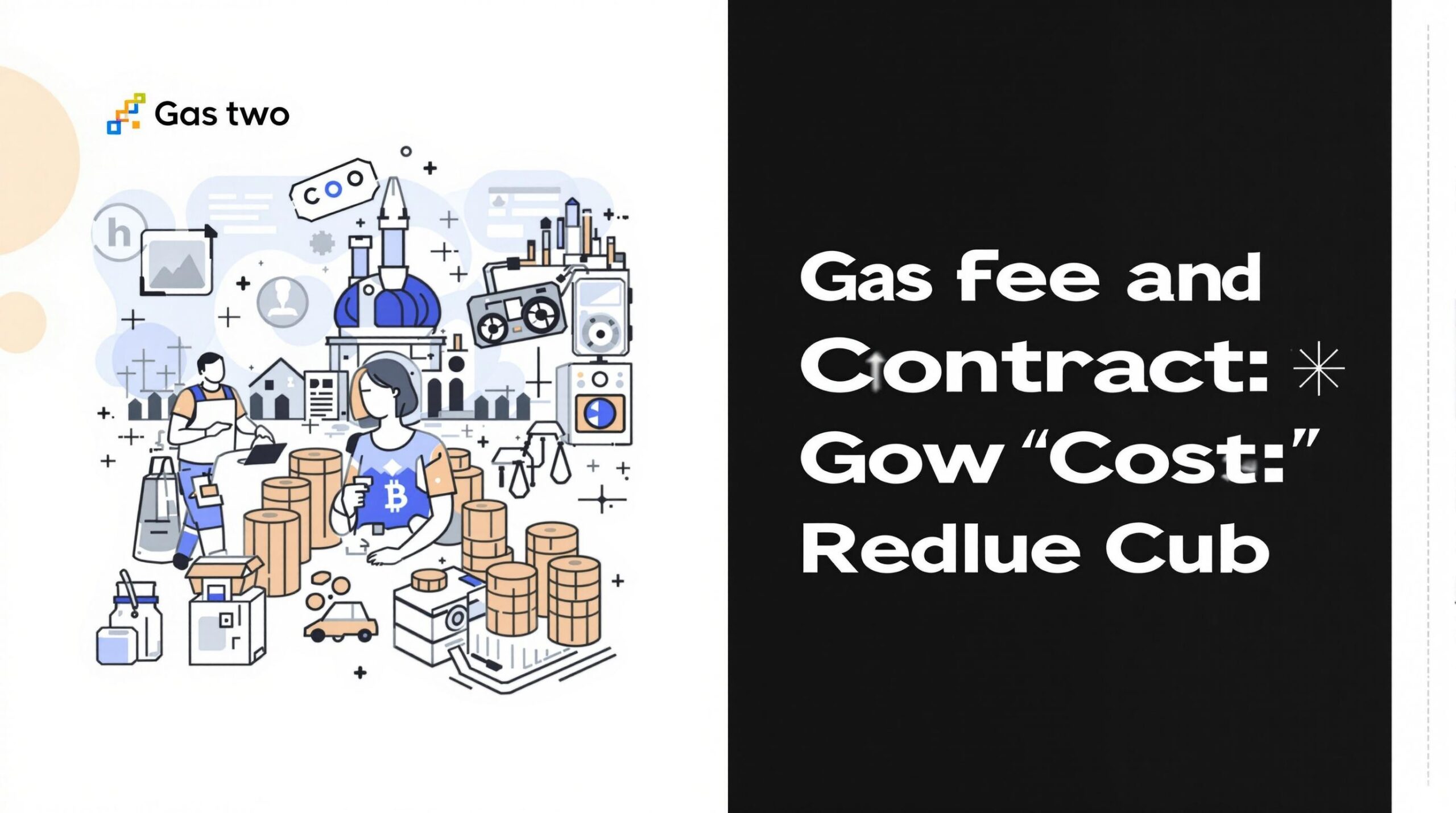
How do gas fees affect smart contracts?
Gas fees impact the functionality and execution cost of smart contracts as they are required for every transaction on the blockchain. The higher the complexity and operations of a smart contract, the more gas is needed to execute it. It’s crucial to optimize smart contracts for efficiency to minimize exorbitant gas fees.
What is gas optimization in smart contracts?
Gas optimization refers to the practice of streamlining smart contract code to reduce the amount of gas needed for execution. Optimizing code by minimizing unnecessary lines and ensuring efficient algorithms reduces overall transaction costs on the blockchain.
Can smart contracts lower gas fees?
While smart contracts themselves do not directly lower gas fees, well-designed smart contracts can minimize the gas required for execution. Utilizing efficient coding practices and Layer 2 scaling solutions can optimize transactions and effectively help reduce costs.
What are some tools to manage gas fees in smart contracts?
There are several tools available to manage and estimate gas fees effectively. Tools like ETH Gas Station provide real-time insights into current gas prices, which help in deciding optimal transaction times. Additionally, utilizing gas calculators to predict costs based on contract complexity can aid in financial planning for blockchain projects.

Other Practice Areas We Serve
Explore the diverse range of practice areas we cover, all designed to ensure comprehensive support for your needs related to smart contracts and gas fees.
Discover What Our Clients Are Saying
At the forefront of our practice is a deep-seated commitment to client satisfaction. Each case in smart contracts and automation is handled with utmost care, as echoed in the appreciative feedback from those we represent. Stellar reviews are what consistently make us one of Africa’s top-rated law firms, reflecting our dedication and expertise.
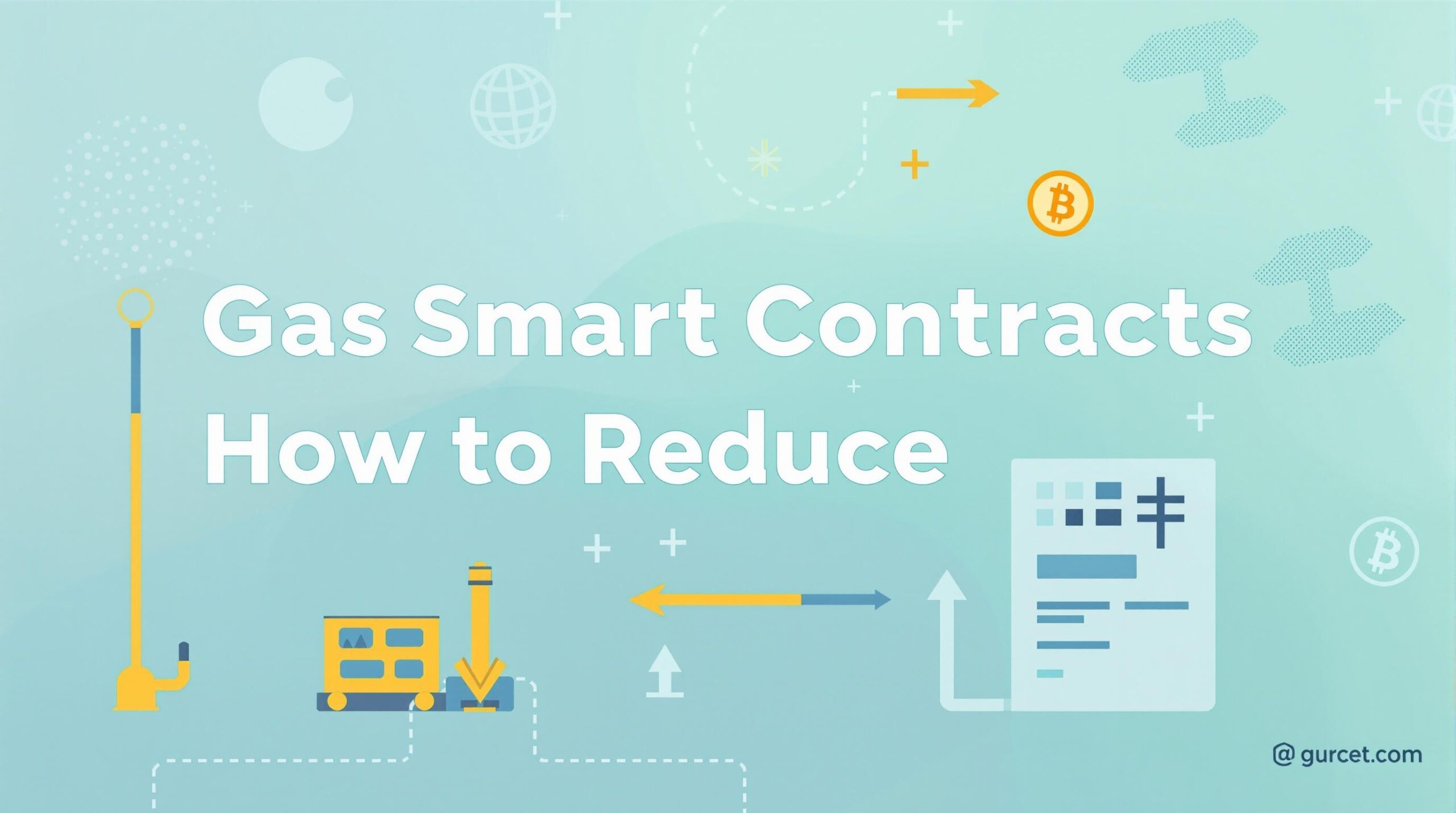
Take Control of Gas Fees with Expert Guidance
Are escalating gas fees hindering your blockchain transactions? At Jara, we specialize in Smart Contracts & Automation to help you navigate and minimize costs effectively. Let our expertise turn complex challenges into streamlined solutions, ensuring your transactions are both efficient and cost-effective.
“Your Voice, Our Mission” – We champion your rights with the tenacity and dedication that has earned us the trust of our community members.
- Comprehensive Knowledge: Our team is well-versed in the latest technologies like Layer 2 solutions and gas fee estimation tools, equipping you with the knowledge needed to make informed decisions.
- Strategic Timing: We offer insights on efficient transaction planning to take advantage of lower fee windows, optimizing your blockchain interactions.
- Innovative Solutions: From batching transactions to leveraging cutting-edge technologies, our strategies are tailored to reduce costs and increase efficiency.
Discover how our tailored services can benefit your operations today. With Jara, you’re not just adopting smart contracts – you’re optimizing them to work smarter for you.
“Understanding gas fees in smart contracts is crucial for anyone looking to leverage blockchain technology. Our guide simplifies complex concepts, ensuring you can optimize your transactions and reduce costs effectively.”
